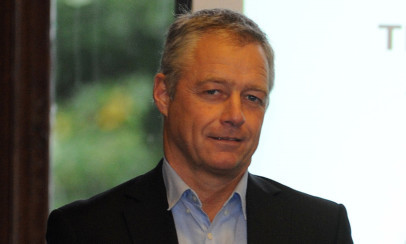Children struggling with the underdiagnosed mental health condition ADHD are better off in Tayside than in most other parts of the country, an education expert has claimed.
NHS Tayside has higher rates of prescribing treatment for the neuro-psychiatric disorder ADHD (attention deficit hyperactivity disorder), which affects around 37,000 5% of Scottish schoolchildren.
Of those, around 11,000 have the most severe forms and require specialist treatment. However current estimates suggest that only 5,000 children are receiving the help they need.
Recently published figures show that Tayside has seen a sharp increase in ADHD medication prescribing, which is now at a rate double the Scottish average.
NHS Fife is just behind Tayside and only NHS Borders has a higher rate of prescribing.
Bill Colley, of Perth-based Caledonia Learning and Care Centre (CLC), said that, while some may have fears about over-prescription, the figures still fall short of the number of children believed to suffer the condition.
The centre offers specialist advice to those working in the field of additional support needs and Mr Colley is currently writing a paper for the Scottish Government on the subject of ADHD.
He said: “In terms of over-prescribing, a lot of teachers believe that to be the case but actually it is the opposite.
“Nationally, 1.5% of kids have severe ADHD. For these children the outcomes of the condition are so bad that medication is the first line of response.
“I would suggest that Tayside is better in some respects and because of a growing level of awareness of the condition among medical professionals.
“Tayside appears to be better at recognising and treating ADHD than other authorities. That is a positive, rather than a negative.
“The issue is the health boards where the figures are low.”
According to CLC research, children with ADHD, especially boys, are at high risk of being exluded from school and are five times more likely to go to prison or a young offenders institution.
Adults with ADHD are 10 times more likely to be incarcerated than their peers.
Mr Colley said: “One of the misconceptions is that children with ADHD are show-offs and their behaviour is bad but, actually, many find it difficult to make friends and sustain friendships.
“There a benefit to drugs like Ritalin this is actually a stimulant, which helps to give children more self-confidence,” Mr Colley went on.
“In this country, people are very conservative and don’t like the idea of children being on prescriptions but professionals are very careful. I think there is a reluctance to prescribe but the figures have been improving over the last few years.
“Very often the condition is not picked up by GPs but schools are getting a lot better at recognising ADHD,” he added.
Anyone who is concerned about ADHD is advised to contact their GP, and health information is available online at NHS Inform.
Picture by David Wardle
